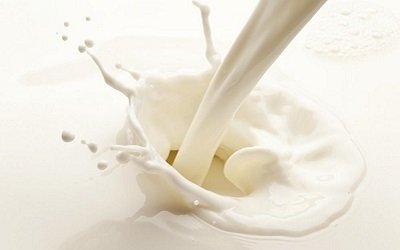Inside BENEO’s new pulse plant: pioneering sustainable protein from faba beans
New research from the Monell Center reveals humans can use the sense of smell to detect dietary fat in food. As food smell almost always is detected before taste, the findings identify one of the first sensory qualities that signals whether a food contains fat. Innovative methods using odor to make low-fat foods more palatable could someday aid public health efforts to reduce dietary fat intake.
In the study, published in PLOS ONE, the researchers asked whether people could detect and differentiate the amount of fat in a commonly consumed food product, milk. To do this, they asked healthy subjects to smell milk containing an amount of fat that might be encountered in a typical milk product: 0.125%, 1.4%, or 2.7% fat. The milk samples were presented to blindfolded subjects in three vials.
Two of the vials contained milk with the same percent of fat, while the third contained milk with a different fat concentration. The subjects’ task was to smell the three vials and identify which of the samples was different.
The same experiment was conducted three times using different sets of subjects. The first used healthy normal-weight people from the Philadelphia, Pa., area. The second experiment repeated the first study in a different cultural setting, the Wageningen area of the Netherlands. The third study, also conducted in Philadelphia, examined olfactory fat detection both in normal-weight and overweight subjects.
In all three experiments, participants could use the sense of smell to discriminate different levels of fat in the milk. This ability did not differ in the two cultures tested, even though people in the Netherlands on average consume more milk on a daily basis than do Americans. There also was no relation between weight status and the ability to discriminate fat.
“We now need to identify the odor molecules that allow people to detect and differentiate levels of fat. Fat molecules typically are not airborne, meaning that they are unlikely to be sensed by sniffing food samples,” said lead author Sanne Boesveldt, Sensory Neuroscientist. “We will need sophisticated chemical analyses to sniff out the signal.”

